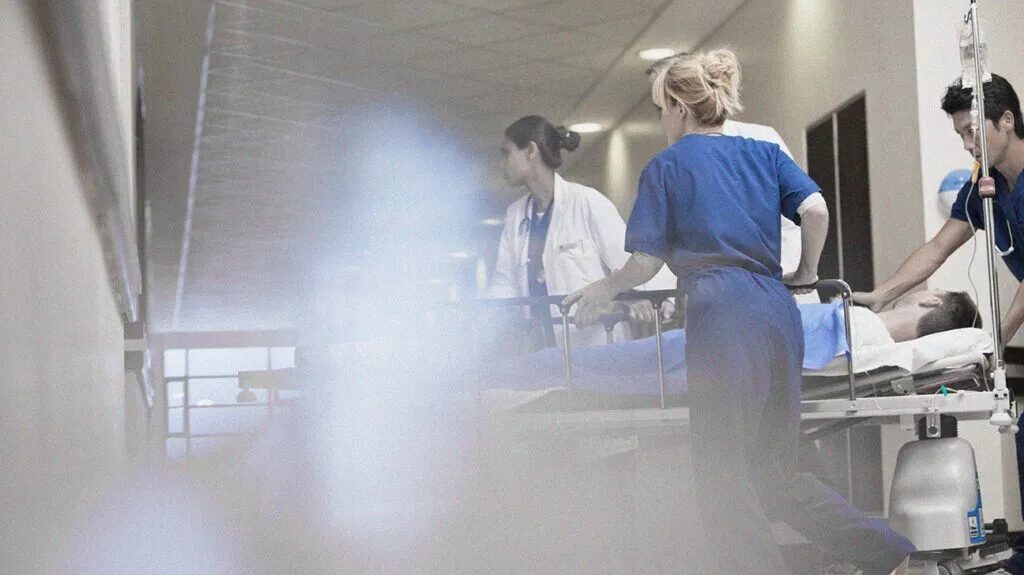Rishi Wadhera, MD (Cardiology, BIDMC) noted how hospital visits for heart attacks and other cardiac conditions declined markedly during the pandemic, fueling physicians’ concerns that people with acute conditions may be staying at home due to fear of exposure to COVID-19.
Medical News Today – January 19, 2021
First wave of COVID-19 linked to spike in cardiovascular deaths

About one-third of the 225,530 “excess deaths” in the U.S. during the first months of the pandemic were not directly due to COVID-19, according to a recent study.
Despite this additional death toll, other research showed that the number of people admitted to the hospital with cardiovascular conditions fell sharply in March 2020, coinciding with the rise in COVID-19 cases.
“Hospital visits for heart attacks and other cardiac conditions declined markedly during the pandemic, fueling physicians’ concerns that people with acute conditions may be staying at home due to fear of exposure to COVID-19,” says Dr. Rishi K. Wadhera, a cardiologist at the Beth Israel Deaconess Medical Center (BIDMC) in Boston, MA.
New research adds to these concerns. According to the study, which Dr. Wadhera led, cardiovascular deaths unrelated to COVID-19 increased in New York State, New Jersey, Michigan, and Illinois during the first wave of the pandemic relative to cardiovascular deaths in the same period of 2019.
In New York City, which the first wave hit particularly hard, deaths from ischemic heart disease (which results from narrowed cardiac arteries) increased by 139%, and deaths from hypertensive disease (due to high blood pressure) increased by 164%.
“These data are particularly relevant today, as we find ourselves in the midst of a surge in COVID-19 cases that looks to be exceeding what we experienced last spring,” says senior author Robert Yeh, director of the Smith Center for Outcomes Research at BIDMC.
“Ensuring that patients with cardiovascular disease continue to receive necessary care during our public health response to the pandemic will be of paramount importance,” he adds.
The analysis appears in the Journal of the American College of Cardiology.
Seasonal trends
The researchers drew on data from the National Center for Health Statistics to compare cardiovascular death rates at the start of the pandemic (from March 18, 2020, to June 2, 2020) with those during the preceding 11 weeks.
To account for seasonal trends, they then compared this figure with the change in cardiovascular death rates over the same period in 2019.
Overall, the rate of deaths due to ischemic heart disease increased by 11% over this period in 2020 compared with the previous year. The rate of deaths resulting from hypertensive disease increased by 17%.
There was no increase in death rates from heart failure, cerebrovascular disease (such as strokes), or other circulatory diseases.
The surge in cardiac death rates was concentrated in New York State, New Jersey, Michigan, and Illinois, which were among the states most affected by COVID-19 during the first wave of the pandemic.
One exception was Massachusetts, which did not see increases in cardiac death rates, despite being an epicenter of COVID-19 cases.
Concerns about hospital infection
The researchers speculate that people who experienced acute cardiac symptoms may have avoided medical care because they were worried about contracting the virus in the hospital. As a result, more people died at home without receiving the necessary treatment.
The study authors note that the incidence of cardiac arrests in the community has increased during the pandemic.
One study suggests that slower emergency service response times and an increased reluctance among bystanders to perform CPR contributed to reduced survival rates after cardiac arrest.
The authors of the current study list several factors relating to the healthcare system that may have contributed to the surge in cardiac deaths, including:
- canceled outpatient visits, resulting in delayed prescriptions and diagnostic tests
- delayed cardiac procedures
- suboptimal inpatient care due to the increased burden on resources as a result of the pandemic
Increased stress levels among patients in the midst of the crisis may also have played an important role, they write.
The authors conclude:
“As COVID-19 cases surge in different regions of the U.S., public health officials and policymakers should improve public health messaging to encourage patients with acute conditions to seek medical care and expand healthcare system resources to mitigate the indirect effects of the pandemic.”
They note that their study was based on provisional data from the Centers for Disease Control and Prevention (CDC), which may have been incomplete due to reporting delays.
In addition, some deaths may have been misclassified as cardiovascular deaths when COVID-19 was the actual underlying cause. To support this statement, the authors cite research suggesting that some patients with COVID-19 develop cardiac complications.

